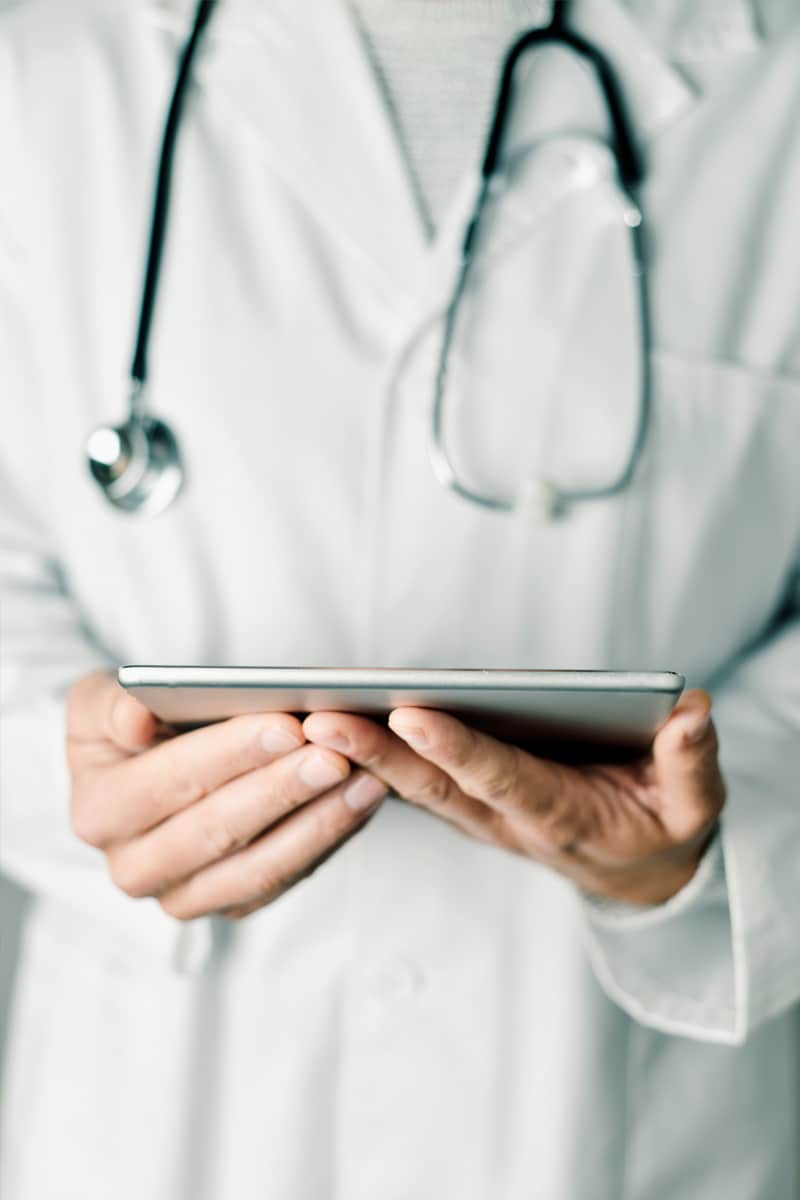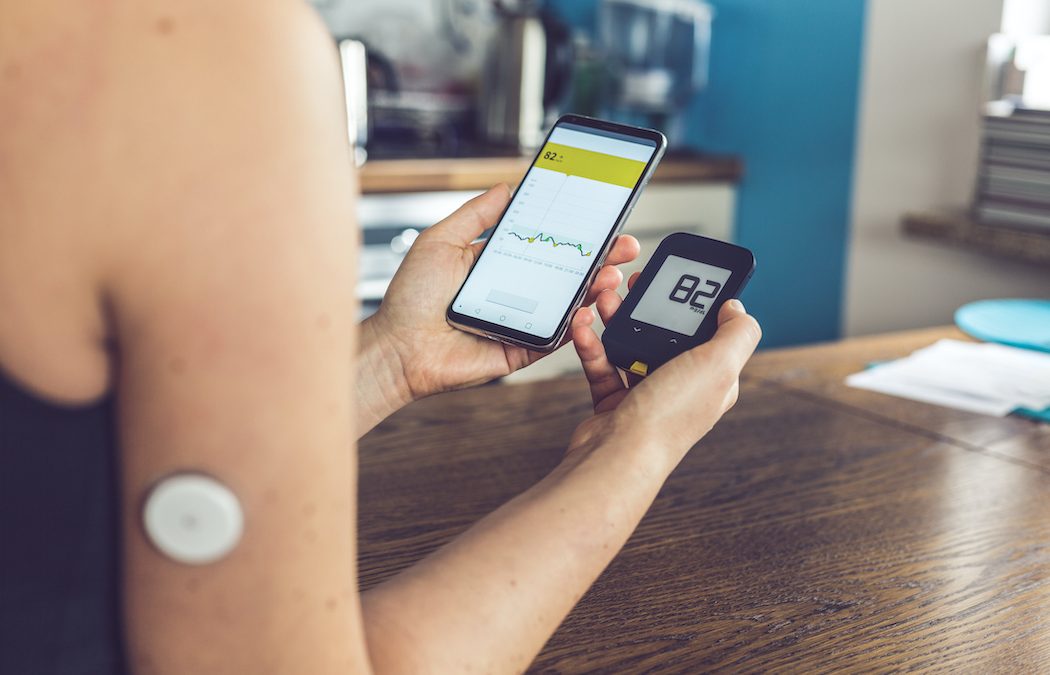
Behavioral Health: The Next Tele(mental) Health Frontier
Anxiety. Depression. Substance abuse. Treating these and other behavioral health issues has historically meant in-person meetings with practitioners, therapists and physicians. However, the isolation-induced times in which we now live have escalated both the underlying issues and restricted access to traditional forms of treatment.
According to the National Institute of Mental Health, nearly one in five U.S. adults live with mental illness. Now more than ever there is a series of barriers that keep the experts from reaching their patients – namely social distancing and quarantining. As these precautionary mandates continue, the need for behavioral health services has increased.
The Need for Telehealth Services
Even before the current pandemic, research conducted by the University of Michigan showed only 18% of those needing substance abuse disorder treatment were receiving care. Prior to COVID-19, less than 10 percent of the US population used telehealth for a clinical encounter and only 18% of physicians provided such services. The study concluded a telehealth solution was needed in order to reduce this treatment gap.
Now, everything has changed. COVID has sparked an unprecedented urgency that pushed telehealth to the top of providers’ priority lists. The underlying technology supports this fast adoption. Advances in usability and access to broadband has increased; the result, therefore, is an enormous uptick in usage.

Telehealth not only reduces the need for travel, but also facilitates more appointments. It also address the spike in behavioral health issues caused by the novel coronavirus. One example of this comes from a report distributed by the CDC, that states 40% of U.S. adults reported struggling with mental health or substance use.
Mental health conditions are worsening. To address this growing need, the Centers for Medicare and Medicaid Services (CMS) has broadened access to Medicare telehealth services so that a wider range of services can be made available. In March, CMS explained the 1135 waiver, where Medicare can pay for office, hospital and other visits furnished via telehealth. This includes mental health.
The new focus on utilizing telehealth to reach those with behavioral health needs has spawned a new term: Telemental Health (TMH).
Bringing Telemental Health to Life
Nearly all who struggle with mental health can benefit from TMH especially veterans and citizens of rural communities.
Veterans Benefit
When it comes to Veterans, most of the research revolves around PTSD treatment focusing on the success of treatment delivered via video teleconferencing. According to Veterans Affairs (VA) PTSD and telehealth studies, the major benefit of TMH is the elimination of travel. Travel can be costly, transportation may be unavailable, or, more importantly, it may be disruptive to treatment.
An additional benefit, TMH can be a useful tool in unusual situations. For example, some correctional and forensic settings make it difficult to transport the patient to a clinician. And finally, telemental health allows for care when unexpected circumstances make clinic access less possible, such as the patient’s need to travel or providing service within a disaster zone.
The impact and effectiveness of Clinical Video Teleconferencing (CVT) initially raised questions, especially as it pertained to suicide. However, the VA has gathered research that proves CVT delivery is feasible and clinically effective for PTSD treatments. Therefore, the VA has expanded the populations served via telemental health.
Rural Households Benefit
Unlike other types of health care, behavioral health care includes unique challenges facing the provider and the patient. These challenges are made worse in rural areas as discussed in the University of Michigan article mentioned above, The Use of Telehealth Within Behavioral Health Settings.
Several challenges to the provision of behavioral health services exist. The first is the unequal distribution of access to behavioral health providers. These workforce shortages in certain geographic areas are driven by multiple issues, yet telehealth can help alleviate those effects. TMH provides a link between clients in their home communities and behavioral health providers in other locations.
Additionally, anonymity and privacy can be important to individuals seeking services associated with mental illness. In small rural communities, individuals may face a lack of privacy and might resist face-to-face treatment. By offering services via TMH, individuals can maintain a higher level of privacy.

Who is serving, and how?
Telemental health has opened opportunities for providers to reach patients that would otherwise not be receiving treatment for behavioral health problems. Hospitals and even pharmacists connect with patients and consulting practitioners wherever they are. Additionally, studies have found psychiatrists, specifically, are the most common behavioral health professional to use telehealth, followed by mental health counselors.
Whether that patient is a Veteran, living in a rural community, or at risk for COVID-19, mental health professionals have stepped up their use of TMH. Here are a few applications:
- For assessments, providers offer online substance use questionnaires
- Cognitive-behavioral therapy is being offered via videoconferencing
- Medication management and monitoring is being done through text message reminders
- Continuing care is offered through group chats, which is helping to prevent relapses
- Webinars are offered to further educate both clients and providers
- Interactive video is being used for collaborative consultation
What are the barriers?
First, internet connectivity issues. Patients may still face lack of reliable internet access. Especially internet-disabled rural communities. That, however, has been being addressed one county at a time. Since October of 2019, the USDA has invested $744 million to bring high-speed broadband connectivity to 34 states. Many states have their own initiatives, and many internet service providers are working closely with local governments to enable households, healthcare centers and businesses with the high speed required by TMH.
Second, implementation costs and lack of reimbursement options. DocsInk’s One-tap Telehealth solution addresses these barriers. Their Mobile Charge Capture feature allows for instant billing, drastically reducing reimbursement concerns. Hosting all solutions on a single platform reduces implementation costs making their solution an affordable fit for any size practice.
Behavioral Health Success = Telemental Health
Telehealth is important to the success of hospitals and individual practices. More importantly, it is becoming an invaluable tool for improving access to services and quality of care.
With easy integration, virtual waiting rooms and no apps for patients to download, DocsInk’s One-Tap Telehealth is the solution for improving behavioral health outcomes allowing for more timely access to providers servicing patients in need of psychiatric and mental health services.









Recent Comments